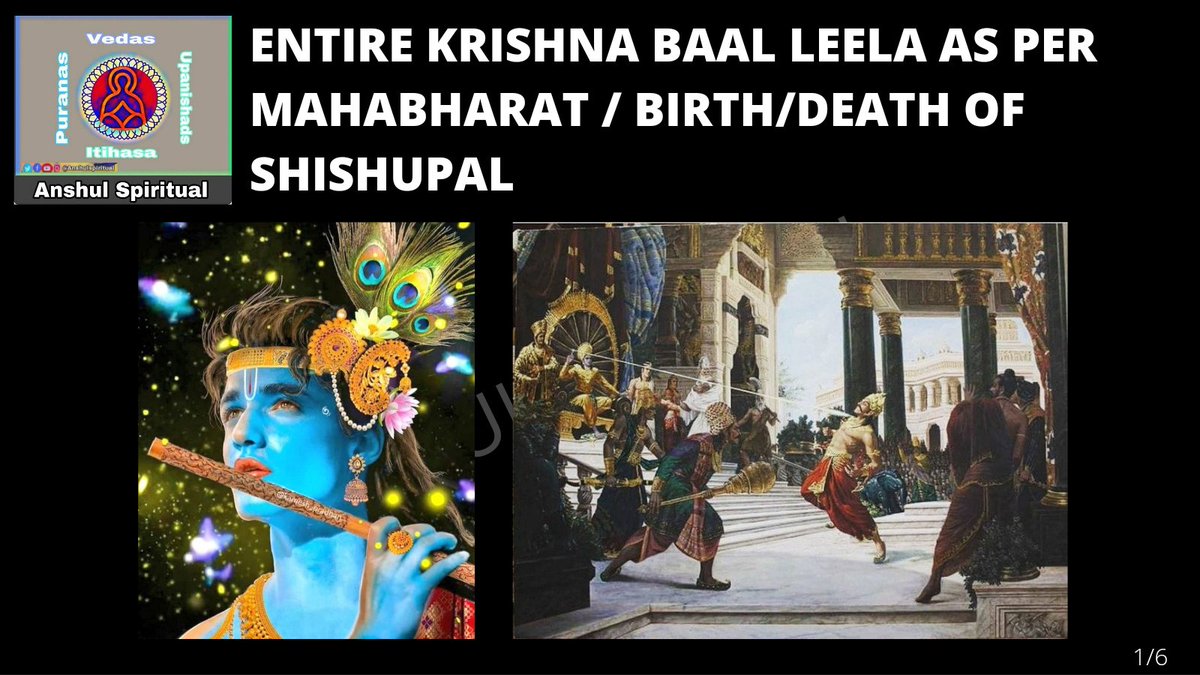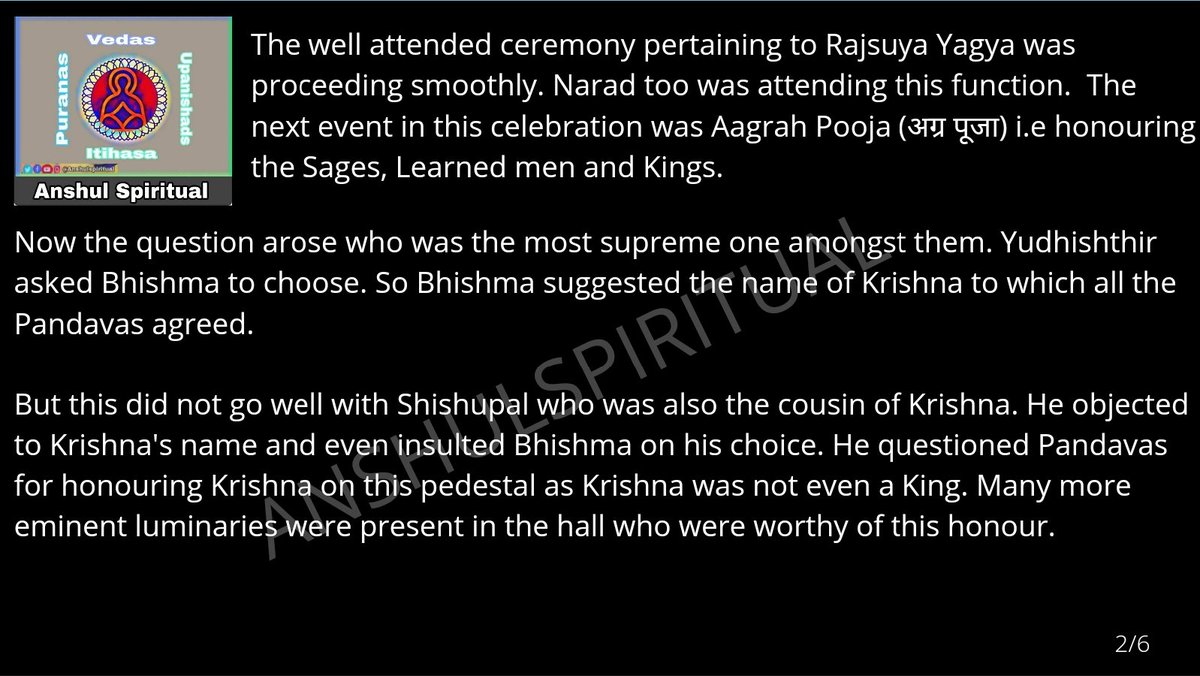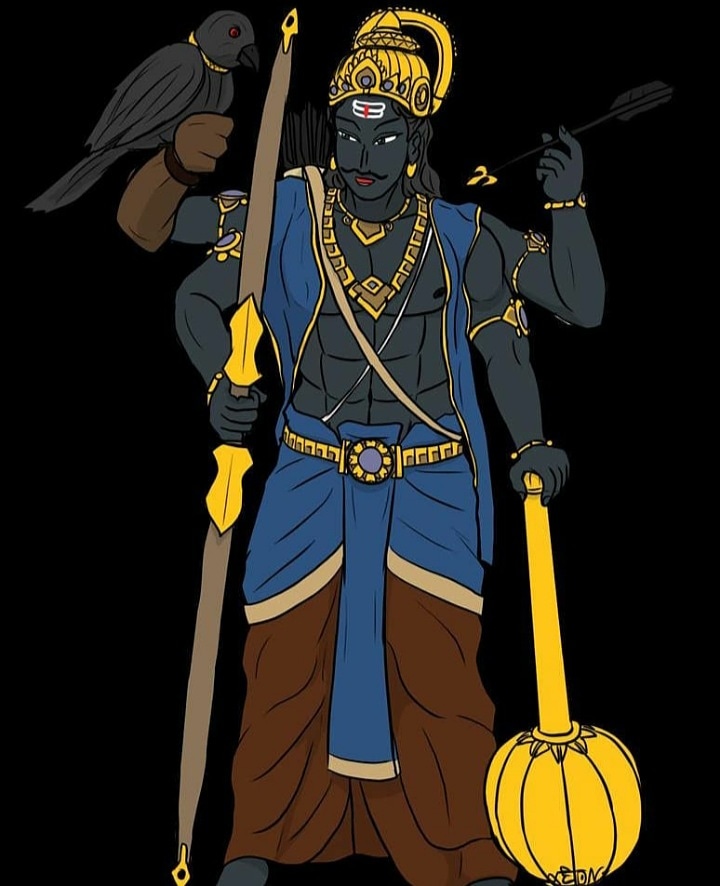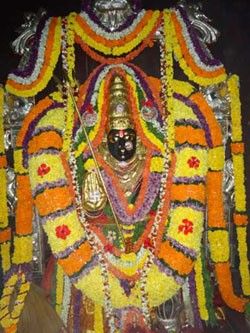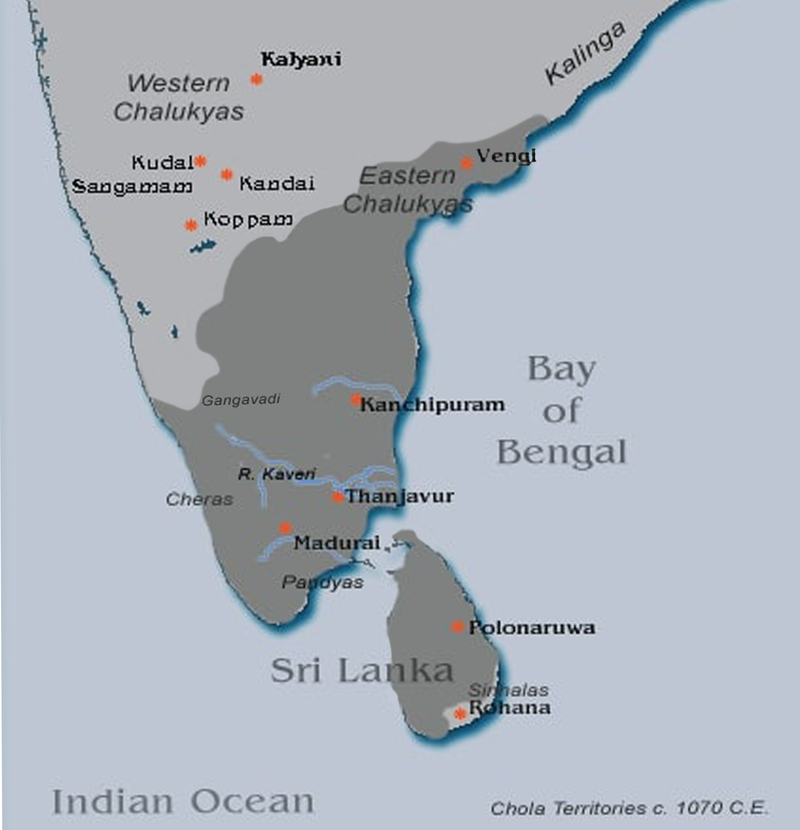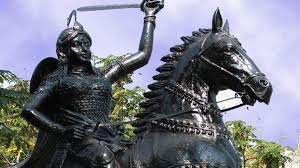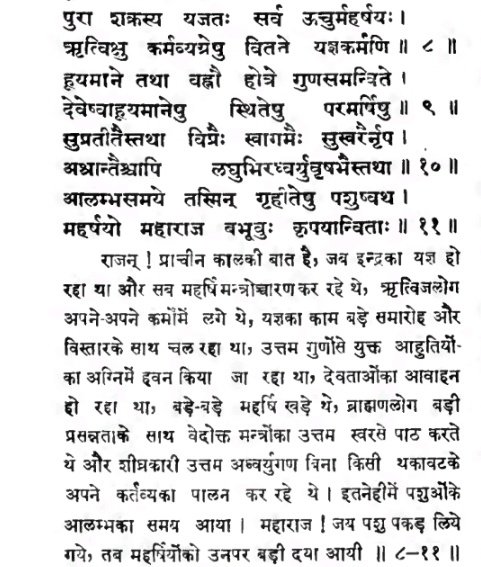It starts first with a questions. Then it describes the Shrishti in brief.
LING PURANA: IMPORTANCE AND CHARACTERISTICS
Reading Ling Purana provides bhog and moksha to the reader and listeners. It is about Shiva's sermon to Brahma when Shiva entered the Agni Ling and preached about Dharma sidhhi through the stories of Agni Kalp.

It starts first with a questions. Then it describes the Shrishti in brief.
Next is Vinayak katha, Shiv tandav, Ambrish katha and Upmanyu .
This book is about importance of Rudra. Whoever gets this written and donates it on Falgun purnima can avoid death. The readers and listeners go to Shivlok and get Sayujya moksha.
Instagram link👇
https://t.co/1MhrSEJ35j
Facebook link👇
https://t.co/HjhReh4xRZ
https://t.co/wClc7W5c7U
\u0932\u093f\u0902\u0917 \u092a\u0941\u0930\u093e\u0923: \u092e\u0939\u0924\u094d\u0935 \u0914\u0930 \u091a\u0930\u093f\u0924\u094d\u0930
— \u092a\u0902\u0921\u093f\u0924 \u0935\u093f\u0936\u093e\u0932 \u0936\u094d\u0930\u094b\u0924\u094d\u0930\u093f\u092f (@VishalS50533075) December 31, 2020
\u0932\u093f\u0902\u0917 \u092a\u0941\u0930\u093e\u0923 \u092a\u0922\u093c\u0928\u093e \u092a\u093e\u0920\u0915 \u0914\u0930 \u0936\u094d\u0930\u094b\u0924\u093e\u0913\u0902 \u0915\u094b \u092d\u093e\u0935 \u0914\u0930 \u092e\u094b\u0915\u094d\u0937 \u092a\u094d\u0930\u0926\u093e\u0928 \u0915\u0930\u0924\u093e \u0939\u0948\u0964 \u092f\u0939 \u092c\u094d\u0930\u0939\u094d\u092e\u093e \u0915\u0947 \u0932\u093f\u090f \u0936\u093f\u0935 \u0915\u0947 \u0909\u092a\u0926\u0947\u0936 \u0915\u0947 \u092c\u093e\u0930\u0947 \u092e\u0947\u0902 \u0939\u0948 \u091c\u092c \u0936\u093f\u0935 \u0928\u0947 \u0905\u0917\u094d\u0928\u093f \u0932\u093f\u0902\u0917 \u092e\u0947\u0902 \u092a\u094d\u0930\u0935\u0947\u0936 \u0915\u093f\u092f\u093e \u0914\u0930 \u0905\u0917\u094d\u0928\u093f \u0915\u0932\u094d\u092a \u0915\u0940 \u0915\u0939\u093e\u0928\u093f\u092f\u094b\u0902 \u0915\u0947 \u092e\u093e\u0927\u094d\u092f\u092e \u0938\u0947 \u0927\u0930\u094d\u092e \u0915\u0947 \u092c\u093e\u0930\u0947 \u092e\u0947\u0902 \u092a\u094d\u0930\u091a\u093e\u0930 \u0915\u093f\u092f\u093e\u0964 pic.twitter.com/fu7wjZKG4Z
More from Anshul Pandey
More from Religion
You May Also Like
As a dean of a major academic institution, I could not have said this. But I will now. Requiring such statements in applications for appointments and promotions is an affront to academic freedom, and diminishes the true value of diversity, equity of inclusion by trivializing it. https://t.co/NfcI5VLODi
— Jeffrey Flier (@jflier) November 10, 2018
We know that elite institutions like the one Flier was in (partial) charge of rely on irrelevant status markers like private school education, whiteness, legacy, and ability to charm an old white guy at an interview.
Harvard's discriminatory policies are becoming increasingly well known, across the political spectrum (see, e.g., the recent lawsuit on discrimination against East Asian applications.)
It's refreshing to hear a senior administrator admits to personally opposing policies that attempt to remedy these basic flaws. These are flaws that harm his institution's ability to do cutting-edge research and to serve the public.
Harvard is being eclipsed by institutions that have different ideas about how to run a 21st Century institution. Stanford, for one; the UC system; the "public Ivys".
As someone\u2019s who\u2019s read the book, this review strikes me as tremendously unfair. It mostly faults Adler for not writing the book the reviewer wishes he had! https://t.co/pqpt5Ziivj
— Teresa M. Bejan (@tmbejan) January 12, 2021
The meat of the criticism is that the history Adler gives is insufficiently critical. Adler describes a few figures who had a great influence on how the modern US university was formed. It's certainly critical: it focuses on the social Darwinism of these figures. 2/x
Other insinuations and suggestions in the review seem wildly off the mark, distorted, or inappropriate-- for example, that the book is clickbaity (it is scholarly) or conservative (hardly) or connected to the events at the Capitol (give me a break). 3/x
The core question: in what sense is classics inherently racist? Classics is old. On Adler's account, it begins in ancient Rome and is revived in the Renaissance. Slavery (Christiansen's primary concern) is also very old. Let's say classics is an education for slaveowners. 4/x
It's worth remembering that literacy itself is elite throughout most of this history. Literacy is, then, also the education of slaveowners. We can honor oral and musical traditions without denying that literacy is, generally, good. 5/x




